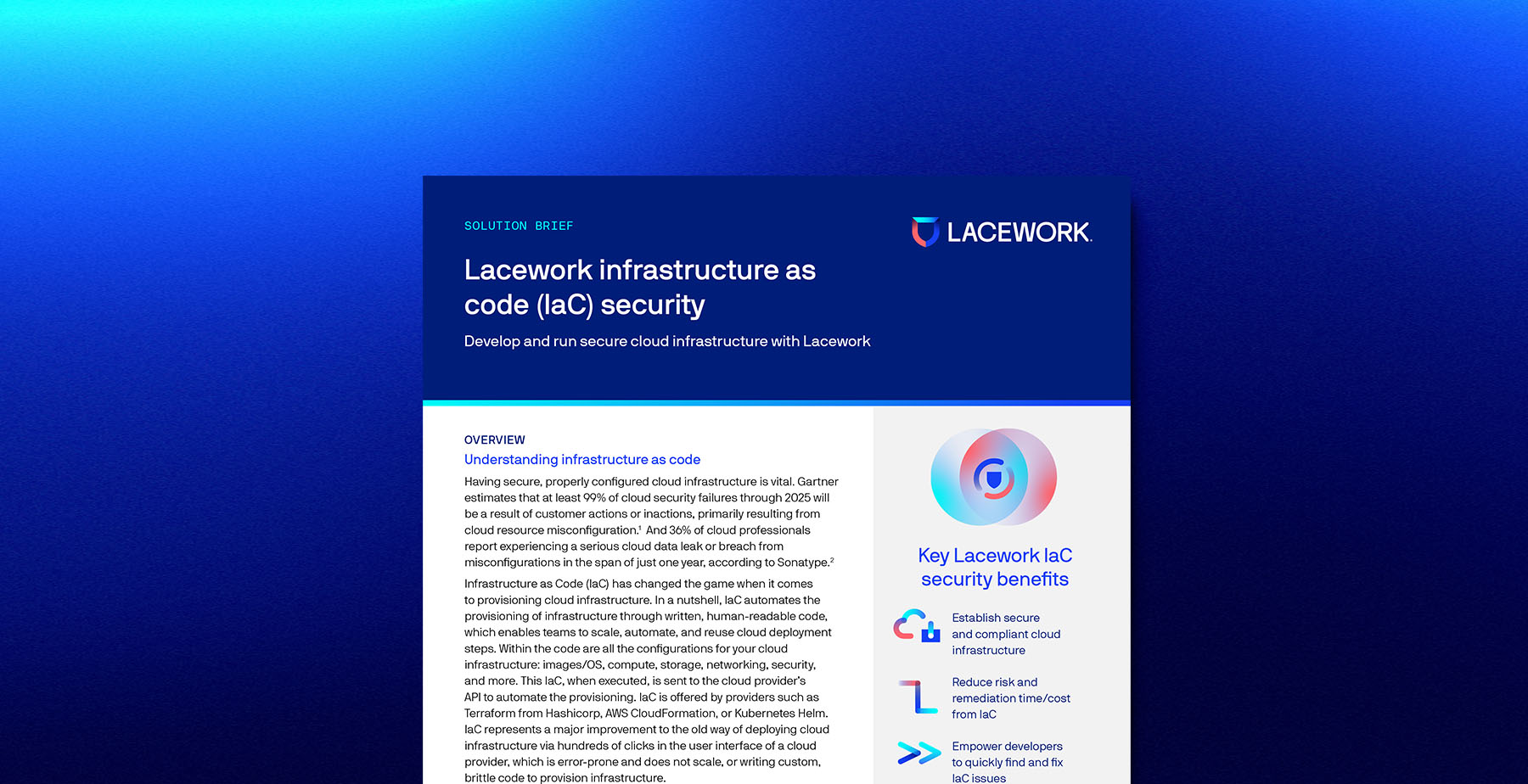Static application security testing fit for all
Experience scalable, accurate, and powerful SAST that’s fast enough for developers yet deep enough for security teams.
Code review is slow and inaccurate
Security and development are unified by one thing: a dissatisfaction with the status quo.
Line by line doesn’t scale
Lean security teams can’t review every line of code. Without knowing where to focus, vulnerabilities will persist behind more glaring flaws.
SAST tools are noisy
Lean security teams can’t review every line of code. Without knowing where to focus, vulnerabilities will persist behind more glaring flaws.
Configuration is an unending struggle
There is no one-size-fits-all SAST tool. Yet many make tuning to your unique codebase a pain for security teams, if possible at all.
BENEFITS
Simpler SAST for both security and dev
Deep analysis for security. Fast insights for development. Protect your entire codebase with one simple yet powerful platform.
Arm your teams with security and speed
Use automation that allows security teams to focus on the most exploitable parts of a codebase, while developers gain insights as they write code.
Prioritize the real issues
Reduce stress on development and security teams by dramatically reducing false positives and deprioritizing low impact fixes.
Easily customize for your codebase
Eliminate the pain of SAST configuration by easily tuning rules to meet your unique needs.

OUR APPROACH
Context is everything
Understand and prioritize the most impactful code fixes unique to your codebase and business.
Dig deeper where you’re most vulnerable
- Gain deep visibility into complex vulnerabilities within your most exploitable public-facing applications
- Minimize false positives by understanding the logic of each critical internet- and network-facing application
- Automatically triage code vulnerabilities to the right developer or team
- Empower security engineers with an engine that can review millions of lines of code in minutes

Code securely without slowing down
- Rapidly baseline security during development
- Find configuration-level vulnerabilities while writing code, without requiring integrations in CI/CD pipelines
- Gain automated and actionable remediation guidance, with detailed explanations on how to address issues
- Quickly cover most OWASP vulnerabilities

Tune with unmatched simplicity
- Pre-built configurations made by and for security engineers, which are easy to use and require a minimal understanding of static analysis concepts
- Configure the SAST engine with your own safe functions/types to fine tune existing rulesets to your codebase
- Easily customize or extend existing rules to cover additional application functions
- Add any new rules that align to your specific codebase and business needs

“I’ve been in the industry for many years. When we sat down with our infrastructure and DevOps teams to review Lacework, that was the only time I’ve ever seen all the teams agree on a solution.”
John Turner
Senior Security Architect

“We turned Lacework on and immediately started seeing things in our environment that we wanted to know about. Our DevOps engineers saw it in action and fell in love. They couldn’t believe it was so simple.”
David Ramsay
Head of Engineering, COO
Read case studyCommon questions
Static Application Security Testing (SAST) is a methodology for analyzing and assessing application security through source code, byte code, or binaries without execution. It aims to identify vulnerabilities early in the development life cycle, enabling timely remediation. SAST tools scan the codebase to detect potential security issues, providing detailed reports on findings, including vulnerability locations, descriptions, and remediation recommendations. This approach is valuable as it allows security checks at any development stage and helps enforce coding standards and best practices, enhancing software quality and security.
Static Application Security Testing (SAST) and Dynamic Application Security Testing (DAST) serve different roles in software security. SAST examines source code, byte code, or binaries without execution, aiming to find vulnerabilities early in development. It provides insights into potential security flaws, helping developers remediate issues pre-deployment. In contrast, DAST tests the live application from an external perspective, identifying vulnerabilities exploitable in runtime, such as configuration errors or authentication issues. While SAST offers a deep analysis of the codebase, DAST evaluates the application’s security in practice.
The Open Web Application Security Project (OWASP) is a nonprofit organization dedicated to improving software security. “OWASP vulnerabilities” refers to the most critical web application security risks identified by OWASP through their Top Ten Project. The OWASP Top Ten is a regularly updated list that outlines the most common and significant security vulnerabilities affecting web applications. These vulnerabilities range from injection flaws and broken authentication to insecure direct object references and misconfigured security settings.
The purpose of identifying these vulnerabilities is to raise awareness among developers and organizations about the risks associated with web application security and to provide guidelines and best practices for mitigating these risks. By understanding and addressing OWASP vulnerabilities, developers and organizations can significantly enhance the security of their web applications, protect sensitive data, and reduce the risk of unauthorized access and data breaches.
Resources & insights
Featured Insights



